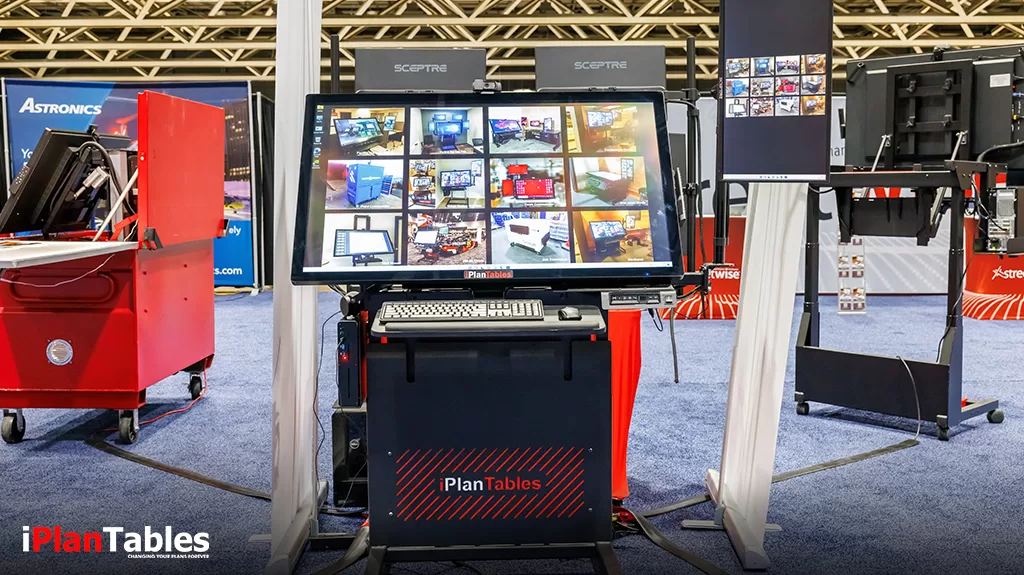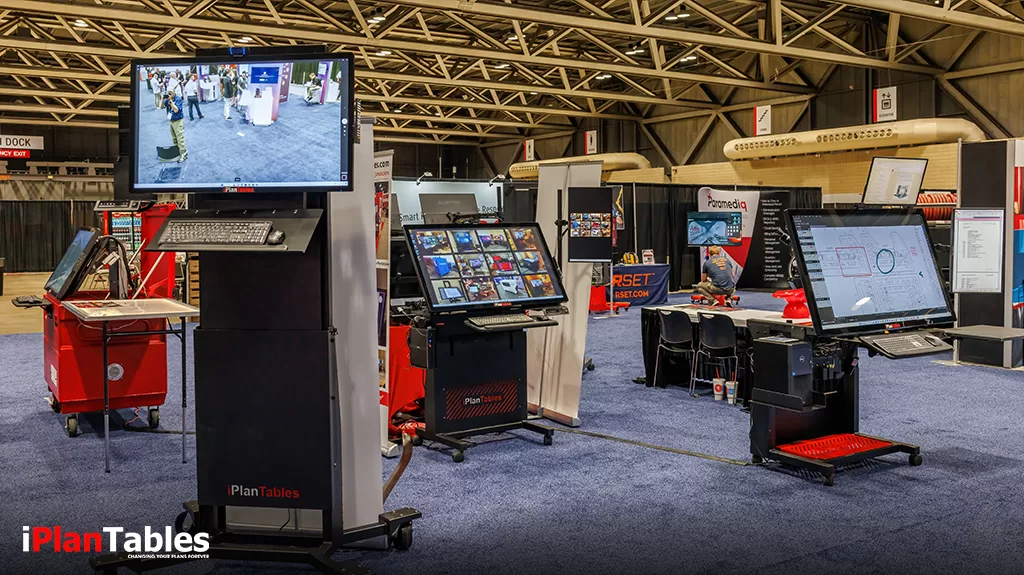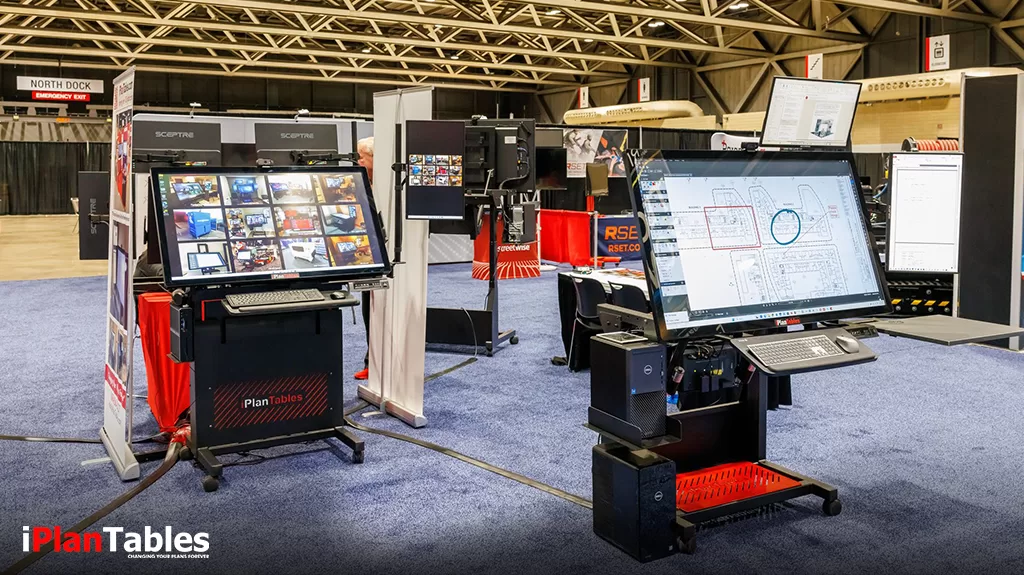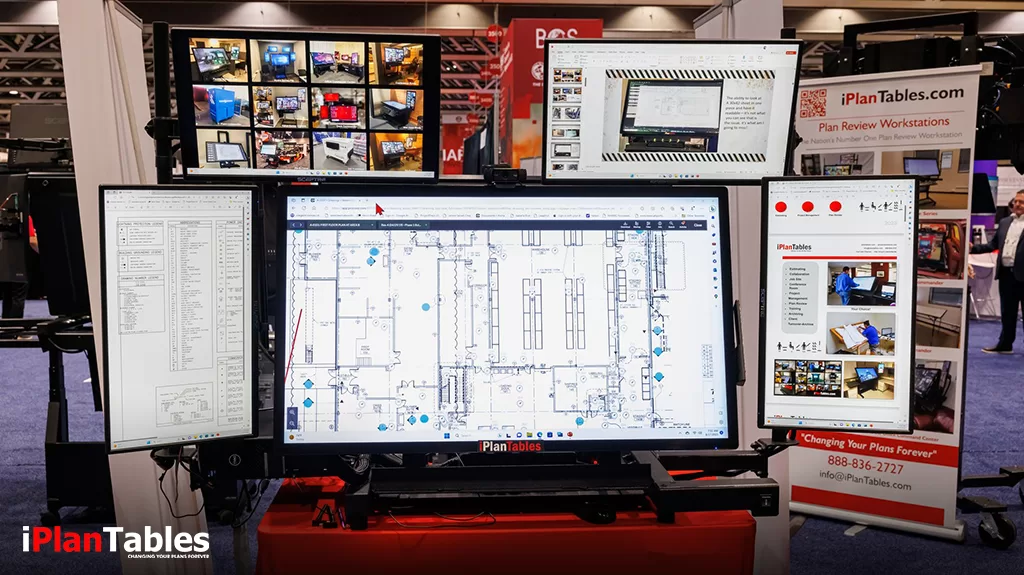The paper has been in the construction world for a long time, hanging onto its relevance by a paper-thin margin. If the opinions of technology thought leaders are any indication, they won’t be mourned. For centuries, paper was used for various purposes such as plan review and project management. The main reason for paper’s demise is that it is simply inefficient and difficult to use in today’s fast-paced world. However, with the advent of paperless technology (digital technology), the rise of paper’s relevance has been hanging on by a paper-thin margin.
As the construction industry becomes increasingly digitized, digital operations are becoming more and more commonplace. A paperless company can save time and money while improving communication and collaboration. There are many ways to become a Sustainable organization, but the most important thing is to have a plan.
The Benefits of Going Paperless Company
Paper-free can be defined as the dematerialization of paper documents through technology to achieve business efficiencies.
The Paper-free firm can manage, share, and distribute paper documents digitally. The No-Paper Enterprise is an electronic document management system (EDMS) that uses an electronic workflow to replace paper-based business processes.
Becoming a green business is becoming increasingly popular, as the benefits of going digital are becoming more and more apparent. Perhaps the most obvious benefit of going digital is that it helps to save trees. According to the Environmental Protection Agency, the average office worker uses 10,000 sheets of paper annually. This means that a paper-free industry can save an impressive number of trees simply by eliminating paper usage.
A business uses paper-free technology to reduce paper costs. A paper-free business can save money on paper, printer ink, and storage by using digital documents and signing.
In addition, going Zero-Paper Organization can help to reduce pollution and save energy. Paper production involves several toxic chemicals, and paper transportation uses many fossil fuels.
Going digital can help the environment by reducing paper waste. Paper production is a leading cause of deforestation, and the paper industry is one of the largest energy and water consumers. By going digitized, an Industry can help to reduce its environmental impact.
A digital-first enterprise often finds that it can operate more efficiently. This is because documents stored electronically can be accessed more quickly and shared with multiple people simultaneously.

The office without paper has many benefits, but improved communication and collaboration are two of the most important. By going electronic, construction companies can improve communication and collaboration between employees, partners, and clients. As more construction industry companies adopt Zero-Paper technologies, the industry will continue to experience improved communication and collaboration. And will increase its productivity while saving money on paper and printing costs.
Finally, an office can save time by eliminating the need to print and file paper documents. Any business without paper documents — large construction drawings, multiple worksheet spreadsheets, contracts, estimates, receipts, etc. — is automatically more efficient. You no longer have to worry about paper jams and cluttered filing cabinets. Or losing essential documents. An organization can improve its bottom line and environmental footprint by going digital. You can store all of your important files electronically and access them with the click of a mouse button or touch your finger on a touchscreen.
Nowadays, it’s more possible than ever to ditch paper in favor of digital files. But going no-paper doesn’t just mean hitting the “print” button less often. It requires a concerted effort to change the way your business operates. Here are a few tips to help you create a Paper-free workflow:
Define Your Goals
- Define your goals. Why do you want to go digital? Is it to save money on paper and postage? To reduce your environmental impact? Once you know your motivation, you can tailor your no-paper strategy accordingly.
- Invest in hardware and software that will facilitate a digital workflow. This might include investing in a good scanner, setting up digital filing systems, and installing apps that allow you to sign documents electronically.
- Train your employees in the digitized workflow. They’ll need to know how to scan and file documents digitally and how to access and use the hardware and software you’ve invested in. Ensure they understand the benefits of going paper-free and are motivated to make the switch.
Implement Zero-Paper Solutions
Are you looking for ways to reduce paper waste in your office? If so, you’re not alone. Many businesses seek to go Paper-Free to be more sustainable and reduce costs. Fortunately, several digital solutions can help you achieve this goal.

One paper-free management. This can involve scanning paper documents and storing them electronically or simply using digital forms and signatures. This reduces the need for paper copies and makes it easy to access documents from anywhere.
Another paper-free solution is to use electronic billing and payments. This means sending invoices and other bills electronically and allowing customers to pay online or via automatic bank transfer. This can save a lot of paper and time-consuming manual billing processes.
There are many other Eco-Friendly Business solutions available, so there’s no need to feel overwhelmed. Start with a few simple changes, and you’ll be well on your way to creating a digital workflow that works for your business.
Manage and Monitor Your Paper-Free Workflow
Becoming a Paper-Free business is the wave of the future, and these tips will ensure that your business is on the cutting edge. Going digital can seem daunting, but with a little bit of planning, it can be seamless. One of the steps is to manage and monitor your paper usage. This can be done by conducting a paper audit to see where paper is being used unnecessarily. Once you have identified problem areas, you can implement strategies to reduce paper use. For example, you may want to switch to electronic invoicing or install paper-free Workplace sign-in sheets. The next step is to create a workflow with papers. This means setting up digital systems and processes to replace paper-based ones. For example, you may want to start using digital task management tools to track assignments and deadlines. Finally, know when to shred. Once documents are no longer needed, shred them securely so that they can’t be accessed by anyone who shouldn’t have them. With these tips, you’ll be well on your way to creating a digital workflow that will save you time and money.
A Zero-Paper Organization is the Way of the Future
A Paper-Free Enterprise has been a white whale for the business world since the early days of personal computing, and construction is no different. Today, technology has finally made it possible for general contractors, subcontractors, plan reviewers, GIS mappers, estimators, engineers, and anyone who views wide format documents — to access information and collaborate with others instantaneously, without having to rely on paper documents. In addition, paper documents are often lost or misplaced, which can lead to costly delays.
The iPlanTables wide-format 4K touch screen workstations help you see the BIG picture…and small details as you move towards becoming a Digitally Transformed organization. Your Estimates, Proposals, and Contracts are all right at your fingertips, with over 200 personalized configurations available to choose from.
Plans can be easily viewed on our large touchscreens, so no paper copy is needed ever again – not even when it comes time for changes or modifications during construction projects. Our wide-format 4k touchscreen with side monitor configurations allows collaborative design efforts between architects, engineers, and contractors who rely heavily upon computer-generated drawings and BIM files instead of physical documents like blueprints used in years past.

Plans and drawings can be easily viewed on our large touchscreens; no paper copy is needed. And with more and more construction firms moving to BIM (Building Information Modeling), paper plans are becoming even less necessary. iPlanTables workstations easily handle BIM drawings to allow your team to collaborate on a building’s design, construction and operation.
Reviewing plans electronically is more efficient and allows for easy collaboration among team members. So while paper may have once been an essential part of the construction process, its days are numbered. In the not-too-distant future, paper plans will be a thing of the past.
We Prefer Electrons Over Wood Pulp

So, what does this all mean for the construction industry? It means we are transitioning away from handling reams of paper and wood pulp and towards preferring electrons and digital files. We have realized that being paper-based is an outdated way of conducting business. We are moving towards systems and processes that reduce or eliminate the need for paper construction documents. This shift has already improved workflow in many offices, but there is always room for improvement. Ask iPlanTables how to make the transition from paper to viewing digital drawings and other documents.
If you’re interested in learning more about how to move towards an enterprise going digital-first organization, contact us for a free webinar consultation or shoot us an email. Always happy to help.
For more details follow us on Facebook

